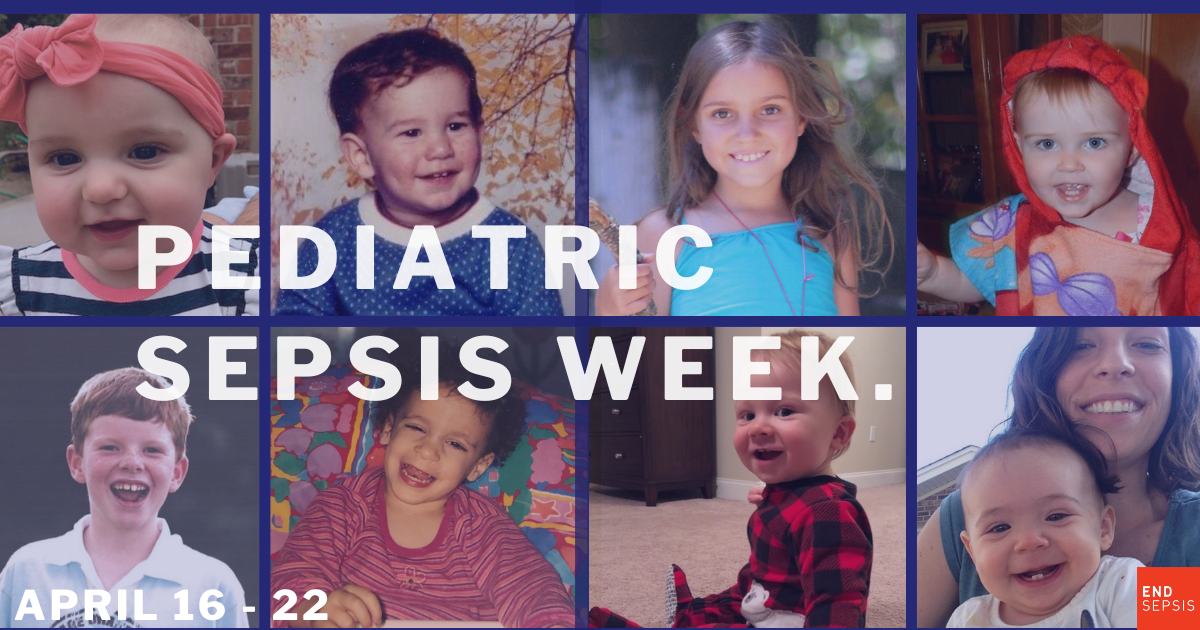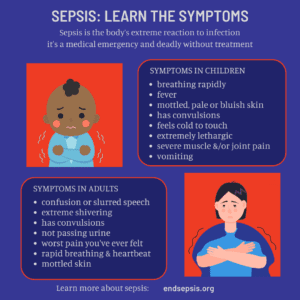
Pediatric Sepsis Week, April 16-22, is dedicated to recognizing the children who develop sepsis each year, honoring those who have passed away, and educating parents, caregivers, healthcare professionals, and the public about sepsis. The goal is to raise awareness of this life-threatening condition and what can be done to prevent it.
The numbers are staggering – more than 75,000 children develop severe sepsis each year in the United States, of which 7,000 will die. Sepsis is the body’s extreme reaction to infection. The body attacks its organs and tissues, leading to tissue damage, organ failure, and death.
So what can we do to take action against pediatric sepsis? Here are a few steps we can all take:
- Learn the signs of sepsis in children. Early recognition is key to preventing severe complications.

- Learn how to get life-saving sepsis protocols in your state. In New York State, sepsis regulations, known as Rory’s Regulations, were introduced in 2013. According to data from the New York State Department of Health, Rory’s Regulations have saved over 16,000 lives between 2015 and 2019. At this rate, the regulations are saving at least 4,000 lives per year in New York alone. Pediatric Regulations, also introduced in 2013, have resulted in a 40% reduction in pediatric deaths; 5,000 lives were saved in the first 23 months of operation. Imagine how many more lives we could save if these protocols were implemented at a federal level.
- Read sepsis stories. Hearing from families affected by sepsis can help raise awareness of the condition and its devastating impact.
- Share your sepsis story. If you or a loved one has been affected by sepsis, sharing your story can help raise awareness, recognize the symptoms of sepsis, and encourage others to take action.
- Download & share our toolkits, videos & resources.
By taking action and spreading awareness, we can help reduce the number of preventable pediatric deaths from sepsis.


